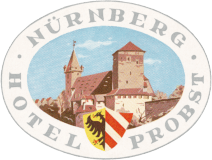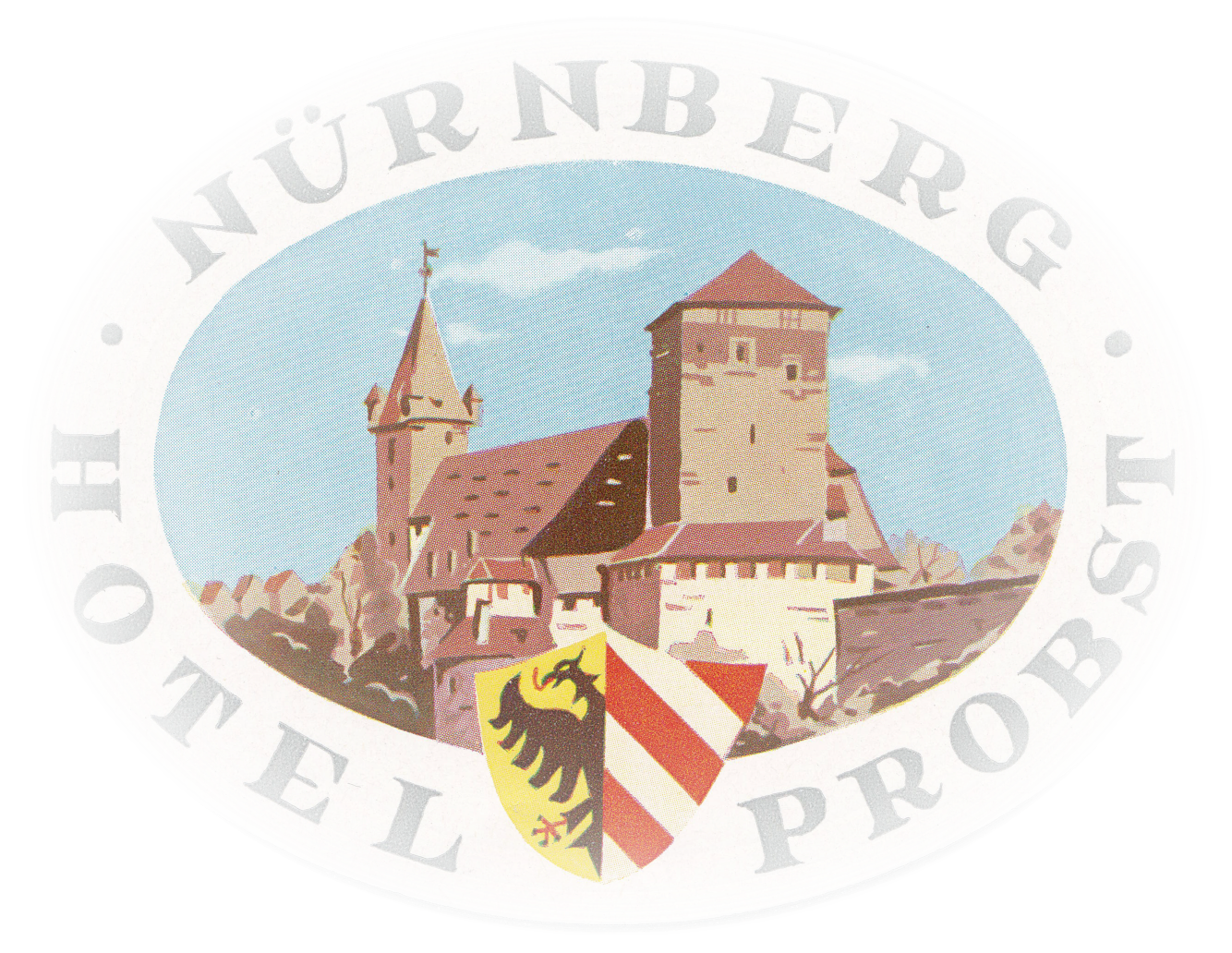The beginnings of the Probst businesses
Before the Probst family managed the building, the well-known politician, journalist and writer Kurt Eisner (keyword: November Revolution of 1918) lived here in 1908/09 as editor-in-chief of the "Fränkische Tagespost".
The history of the Probst businesses started with their founder Georg Probst. On March 26, 1911, the then senior partner opened together with his wife Friederike in the upper Wörthstraße 6 a butcher, which due to the century inflation in 1923, however, had no permanent existence. But a few years later, the change in the Luitpoldstraße took place with much creative power: The four-storey sandstone quad building in Luitpoldstraße 9 was already built in 1899. Special details include the mansard roof as well as the façade with Chörlein in the New Nuremberg style. Incidentally, the original residential and commercial building is today protected as a single monument or joins the Ensemble Altstadt. In addition to commissioning a wholesale butcher in 1927 followed in 1929 in the same estate, the establishment of a large restaurant with 500 seats.
As early as 1937, he joined the Hotel and Restaurant Association. In the course of the Second World War bombed in Nuremberg, these operations also succumbed to a devastating Anglo-American bombing raid: The building was destroyed except for the foundations. After the war, the butcher shop was rebuilt, the establishment of a self-service fast-food restaurant and a unique dance café, the Café Trocadero. On the upper floors, a hotel with about 25 rooms was added.




